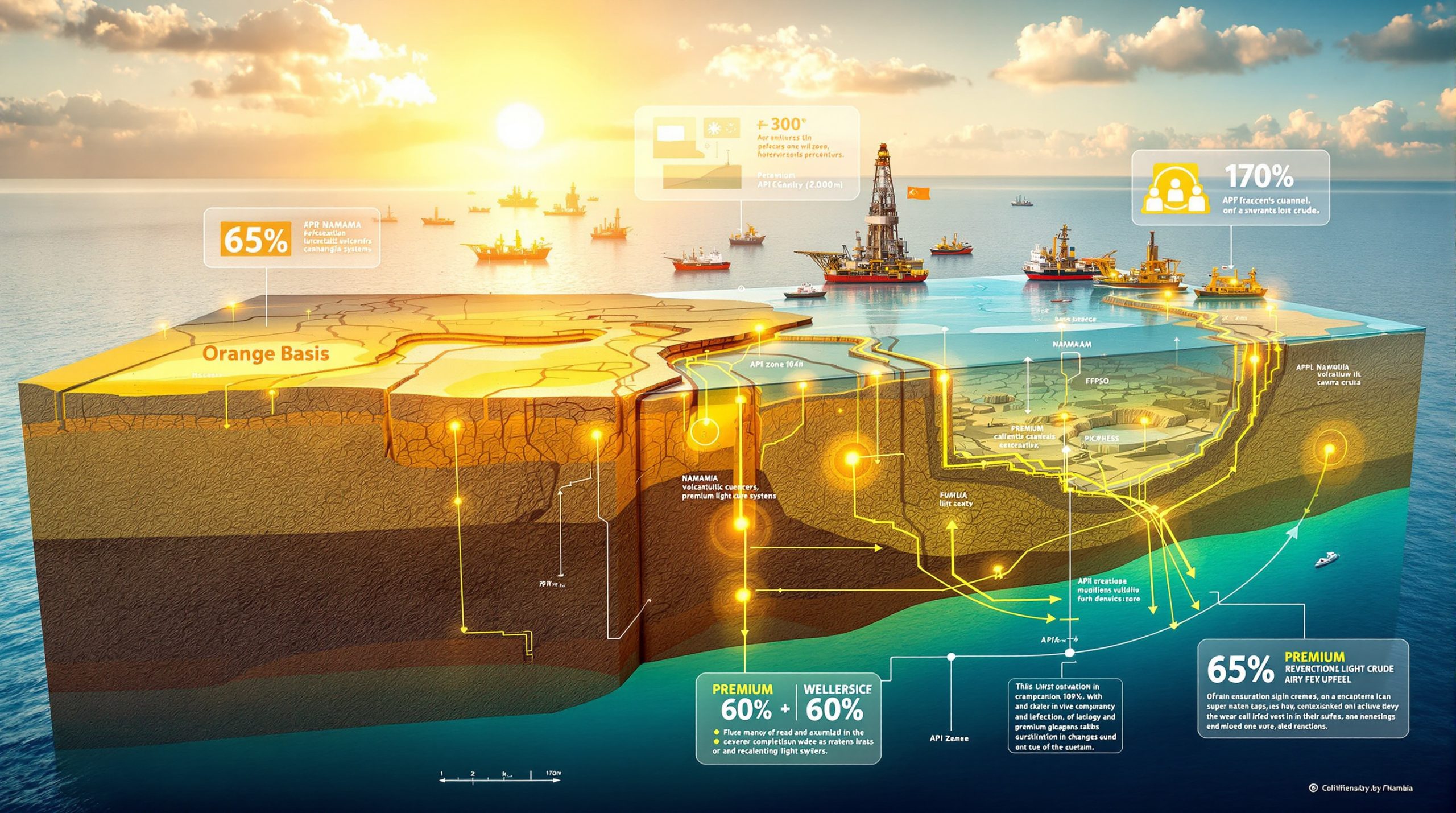BHP's Strategic Pivot: Considering Separation from Iron Ore and Coal
BHP Group (ASX: BHP) is reportedly exploring a potentially transformative restructuring that could reshape the global mining landscape. According to industry analysts, the mining giant is considering spinning off its iron ore and coal businesses as part of a medium-term strategy to reposition itself as a "greener" mining company with increased focus on future-facing commodities.
This strategic pivot represents one of the most significant potential reshufflings in the resources sector in recent years, with far-reaching implications for investors, the Australian economy, and global mining trends. The news of BHP considering separation from iron ore and coal has sparked considerable discussion across the industry about the future direction of major mining corporations.
Understanding BHP's Potential Restructuring
BHP's management has been quietly evaluating options to separate its traditional iron ore and coal operations from its growing portfolio of minerals critical to the energy transition. This move would mark a decisive shift in the company's 150-year history, during which these legacy businesses have formed the backbone of its operations.
"BHP is carefully considering all options to maximize shareholder value while positioning for future growth vectors," notes mining analyst James Robertson. "The separation would significantly reduce the company's operational footprint in Australia while enabling more focused investment in copper and potash assets globally."
Industry insiders suggest internal discussions have intensified following BHP's unsuccessful $39 billion bid for Anglo American in 2024, which was primarily motivated by access to Anglo's premium copper assets. This failed acquisition attempt highlights BHP and ABB's innovative Jansen Potash Project as an increasingly important part of the company's future strategy.
BHP's Current Position in Iron Ore and Coal
As the world's third-largest producer of iron ore, BHP's five Pilbara operations in Western Australia represent a substantial portion of global seaborne trade. The company's Western Australia Iron Ore (WAIO) operations produced approximately 253 million tonnes in the 2023 financial year, generating operating margins that routinely exceed 65% during price upswings.
In the metallurgical coal sector, BHP operates five mines in Queensland's Bowen Basin, producing premium hard coking coal essential for steelmaking. These operations have benefited from proximity to Asian markets and relatively lower production costs compared to global competitors.
Dr. Michael Chen, resource economist at the University of Melbourne, explains: "BHP's iron ore assets are considered among the highest quality in the industry, with Fe content averaging 61-62%, significantly above many competitors. This quality differential typically commands a $5-8 per tonne premium in the market."
Why Is BHP Considering This Separation?
The potential spin-off aligns with BHP's stated strategy to prioritize what it terms "future-facing commodities" – particularly copper and potash. This focus is driven by several factors:
-
Copper demand is projected to double by 2035, driven by electrification trends and renewable energy infrastructure.
-
Potash represents a long-term growth market tied to global food security and agricultural intensification.
-
Institutional investors are increasingly applying pressure regarding carbon exposure, with many large funds implementing climate-related investment restrictions.
-
The failed 2024 bid for Anglo American demonstrated BHP's determination to accelerate its copper-focused strategy through acquisition.
Mining consultant Elizabeth Torres notes: "BHP's management is thinking decades ahead. While iron ore and coal continue generating strong cash flows today, their long-term growth trajectories face structural challenges that contrast sharply with copper's outlook."
This strategic repositioning reflects broader trends in mining's crucial role in the clean energy transition, as companies balance traditional operations with growing demand for transition minerals.
Financial Implications of the Potential Spin-Off
The contemplated restructuring would likely generate substantial value for BHP shareholders, particularly Australian investors. According to financial analysts, any spin-off would potentially unleash billions in accumulated franking credits – a significant benefit for Australian taxpayers through the dividend imputation system.
Industry sources indicate BHP previously considered similar plans in early 2024 but shelved them temporarily as cash from these divisions was needed to fund major capital expenditures, including:
- The $10+ billion expansion and modernization at the Escondida copper complex in Chile
- The multi-phase $16 billion Jansen potash project in Saskatchewan, Canada
"The timing question hinges on balancing immediate capital needs against long-term strategic positioning," explains financial analyst David Wong. "BHP needs to ensure sufficient funding for its growth projects before executing any separation."
According to a recent report from BHP's economic and commodity outlook, the company remains optimistic about long-term mineral demand despite short-term market volatility.
BHP's History with Corporate Restructuring
This wouldn't be BHP's first major corporate restructuring. The successful spin-off of South32 (ASX: S32) a decade ago demonstrated the company's willingness and capability to reshape its portfolio when strategically advantageous.
The South32 separation created a standalone company housing BHP's aluminum, manganese, nickel, silver, and coal assets across Australia, South Africa, and South America. Since then, both companies have outperformed many sector peers, suggesting the structural separation created value.
BHP's management has consistently evaluated structural options to optimize its asset base and corporate structure, including the unification of its dual-listed company structure in January 2022, which consolidated its primary listing on the Australian Securities Exchange.
What Would Remain in BHP's Portfolio?
Post-separation, BHP would emerge as a more focused company centered on:
-
Australian copper assets, including the Olympic Dam operation in South Australia – one of the world's largest copper deposits, containing an estimated 2.95 billion tonnes of ore with 1.2% copper, 0.5 g/t gold, and 3.5 g/t silver.
-
Global copper portfolio including the Escondida mine in Chile (the world's largest copper producer) and Resolution Copper project in Arizona (one of North America's largest undeveloped copper deposits).
-
The Jansen potash project in Canada, which is expected to produce 4.35 million tonnes of potash annually in its initial phase with a potential 100-year operational life.
-
Nickel operations in Western Australia, which produce high-grade nickel sulfate critical for EV battery production.
Geologist Dr. Sarah Martinez observes: "Olympic Dam remains one of mining's crown jewels – a polymetallic ore body with exceptional copper grades complemented by gold, silver, and uranium. Its potential expansion represents one of the most valuable development opportunities in BHP's portfolio."
This focus on copper aligns with industry trends, as seen in Rio Tinto's bold shift in copper investments for clean energy, highlighting a sector-wide pivot toward transition minerals.
Market and Industry Implications
Impact on Australian Mining Sector
The potential spin-off would create significant new Australian-listed mining entities, reshaping the composition of the ASX mining sector. These new companies would likely become attractive investment vehicles for those seeking exposure to traditional bulk commodities with strong dividend yields.
The restructuring would also potentially impact Australia's resource export profile, though operational continuity would likely ensure minimal disruption to production volumes or market supply.
"Any new iron ore entity would immediately become a major ASX-listed company and likely develop its own growth strategy independent of BHP's previous constraints," notes investment strategist Robert Chen. "This could potentially lead to more aggressive expansion of Pilbara operations than might have occurred under BHP's diversified structure."
Global Mining Industry Perspective
From a global standpoint, BHP's potential restructuring represents one of the most significant mining industry transformations in recent years and could influence strategic decision-making across the sector. Competitors like Rio Tinto and Vale are closely monitoring BHP's moves as they develop their own long-term positioning.
The separation would signal a decisive shift in global mining priorities toward transition metals, potentially accelerating the broader industry trend of portfolio optimization along similar lines.
Mining industry analyst Patricia Lopez explains: "BHP's move would likely trigger a domino effect, with other major miners accelerating their own strategic reviews. We're witnessing the early stages of a fundamental realignment in how mining companies structure themselves for the energy transition."
These changes align with broader industry trends highlighted in mining and finance industry predictions for 2025, reflecting a sector in transition.
FAQ About BHP's Potential Separation
How would the spin-off be structured?
The separated units would most likely be listed on the Australian Securities Exchange, creating standalone iron ore and coal businesses. The structure would aim to maximize value for existing shareholders while minimizing tax implications.
Experts suggest the iron ore business alone could command a market valuation exceeding $70 billion based on comparable valuations and current production profiles. The metallurgical coal business might be valued between $15-20 billion depending on market conditions at the time of separation.
When might this separation occur?
While BHP has not confirmed a definitive timeline, industry sources suggest implementation could occur toward the end of the decade, contingent on market conditions and strategic priorities. Separation would likely follow the completion of major capital projects currently underway.
The process would require extensive regulatory approvals across multiple jurisdictions, comprehensive operational separation planning, and careful sequencing to minimize disruption to production and customers.
What does this mean for BHP's sustainability goals?
The separation aligns with the industry-wide shift toward lower-carbon portfolios and would support BHP's stated ambition to reduce operational emissions by 30% by 2030 and achieve net-zero by 2050.
By focusing investment on metals supporting the energy transition, BHP would be better positioned to respond to increasing investor pressure for climate action while maintaining its social license to operate in jurisdictions with stricter environmental regulations. This strategy reflects broader trends in transforming the mining industry through ESG challenges and opportunities.
How would this affect BHP's overall market position?
The restructuring would reshape BHP considering separation from iron ore and coal into a more focused company – potentially smaller in absolute terms but more concentrated on growth commodities with favorable long-term demand outlooks.
This strategic narrowing follows the global trend of mining companies specializing rather than diversifying, enabling more targeted capital allocation and potentially higher valuation multiples for businesses aligned with energy transition materials.
As one mining executive noted on condition of anonymity: "We're seeing the end of the diversified mining conglomerate model and the rise of more specialized, purpose-built mining companies with clearer investment propositions. BHP's potential move represents the most significant example of this industry evolution."
Ready to Stay Ahead of Major Mining Industry Movements?
Don't miss critical developments like BHP's potential restructuring – Discovery Alert's proprietary Discovery IQ model delivers instant notifications on significant ASX announcements and mineral discoveries, giving you the market edge before others react. Explore our dedicated discoveries page to see how early notification of industry-changing events can lead to exceptional investment returns.




